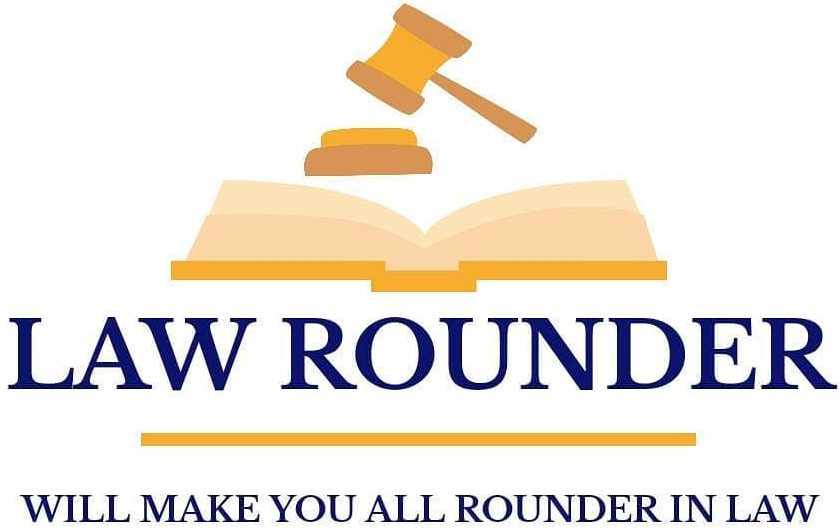
Piracy of Registered Design
Piracy of registered design is growing day by day. Design means only the features of shape, configuration, pattern, ornament or composition of lines or colours applied to any article whether in two- dimensional or three-dimensional or in both forms, by any industrial process, whether manual, mechanical or chemical, separate or combined, which in the finished article appeal to and are judged solely by the eye. It does not include any method of development which is in substance any mechanical gadget.
Living in a world where everything is in public domain and is subjected to imitation in any form, needs protection. For the very same purpose the legislation protects the rights of the proprietors/innovators which brings out fair and healthy competition in the market by implementing some ‘anti-counterfeiting measures.
The first designs legislation established in India was the Patterns and Designs Protection Act, 1872 which stretched out to the creators of new patterns and designs in British India the exclusive privilege of making, selling and utilizing the invention in India or approving others to do so as such for a particularly brief span of time. Post-independence The Design Act in India was instituted on May 25, 2000. It targets advancing inventive action in the field of ventures and fills its need in the fast changes
in the innovation. The plan demonstration was changed in year 2008 with nitty gritty grouping of configuration to adjust to the global framework and to deal with the multiplication of configuration related exercises in different fields.
In the Piracy of registered design, every resemblance doesnt seem to be the action of infringement or limitation. An obvious imitation is, one where immediately strikes another design as being so similar to the original registered design, to be almost impossible to differentiate.
Veeplast v. Bonjour 2011
The most common method to identify infringement as stated in the case, the two products need not be placed side by side, but rather examined from the point of view of a customer with average knowledge and imperfect recollection. An unregistered design is not enforceable under the law, so a design must therefore be registered in order to enjoy protection. However, it may be possible to protect a design under other legislation. Piracy of a design means the imitation of any article belonging to class of articles in which the design has been registered with the purpose of sale without the written consent of the registered proprietor. If such articles are published with knowledge of unauthorized application of design, also involves piracy of design.
The enrolled proprietor of a design appreciates the restrictive option to apply a structure to the article in the class in which the structure has been enlisted. An enrolled proprietor can document an encroachment suit.
A registered design in India can be enforced by way of a civil action.
The remedies against infringement include interim and permanent injunctions, as well as damages. A civil action enforcing a registered design can be filed before the district court where the defendant resides or conducts business or where infringement has taken place. Notwithstanding utilizing the safeguard of non-encroachment, the infringer can utilize the protection of deficiency of the structure because the plan needs curiosity, is indistinct from a known structure or contains outrageous issue. In the event that the guard of shortcoming is utilized in a common activity, the area court no longer has ward and the suit is moved to the high court with locale over that region court. Under the demonstration, the enrolled proprietor of a plan should check the article with the word Enlisted; and the enrollment number, aside from in instances of material structures and articles made of charcoal residue. In the event that the imprint is feeling the loss of, the proprietor isnt qualified for guarantee harms. Indian courts consistently manage plan encroachment matters and a vigorous collection of case law sets out the built-up legitimate standards.
Recent Infringement Cases
In another significant case, Vega Auto Accessories (P) Ltd v. SK Jain Bros Helmet (I) Pvt Ltd, the Delhi High Court held that the registered proprietor of a design could not use the invalidity or prior publication of the plaintiffs design as a defence in a suit for design infringement. The court noted that once a party has filed an application – claiming that its design is new or original, has not been published before and is distinguishable from known designs – the party cannot oppose the claim for infringement by a prior registrant on the ground that such prior registrants design is not novel or original. It was thus held that where the plaintiff has prior registration of a design, and the defendant is the registered proprietor of a design that has infringed registered design of the plaintiff, the defendant is stopped from pleading invalidity of the registration in favour of plaintiff.
Special bench of five judges of the Delhi High Court, in its judgment in Carlsberg Breweries v. Som Distilleries and Breweries (2018), held that a composite suit for two distinct causes of action – one for infringement of a registered design and the other for passing off – is maintainable. In this case, both
the causes of action originated from the same fact, i.e. the sale or offer for sale by the defendant of their products. Since the plaintiff approached the court regarding the action for passing off and design infringement due to the aforementioned sale or offer for sale, the court stated that such cause of action cannot be split. It further noted when the claim for design infringement is prima facie week, on the
basis of same set of facts; the court can provide relief to the plaintiff in form of a passing off action.
Conclusion
Better protection of the design encroachment law in India is a real need of great importance. The design law should be clearer with respect to the laws of enlistment of structure and all the more accurately the laws identified with assurance of enrolled structure owner. There ought to be legitimate obstacle cures including tough fines. Further, the Design Office needs to survey its assessment methodology and incorporate more exhaustive curiosity searches to guarantee that when candidates
are conceded a right, they can be sensibly certain that it is steady and can be depended upon to forestall abuse. The Design Office additionally needs to improve its e-documenting activity and make configuration records accessible on the web. The earlier craftsmanship searches up to most degree can be valuable for restricting the instances of plan encroachment in India. As in the instances of Patent, each designer wishes to initially go for earlier craftsmanship search with the goal that the danger of
encroachment can be limited, similarly an appropriate inquiry framework ought to be made in the Industrial structure framework in India. Inside the current administrative system, courts in India have additionally helped in keeping up the privileges of the enlisted owner and in giving away from of the law.
Footnotes:
1. Prof. Krishana Swami Ponnuswami, "Design Protection in India: The Designs Act, 1911, Paper presented at WIPO National Workshop on Intellectual Property Teaching, University of Delhi, 1991.
2. https://www.lexorbis.com/docs/APEX_ASIA_IP_JUNE-JULY2019_MAG_FORM.pdf
3. https://indiankanoon.org/doc/1360425
4. Sharma A., Nemana M., “India: Design Piracy in India”, 2016




Perfectly written written content , thanks for selective information . Dix Ingemar Reynard